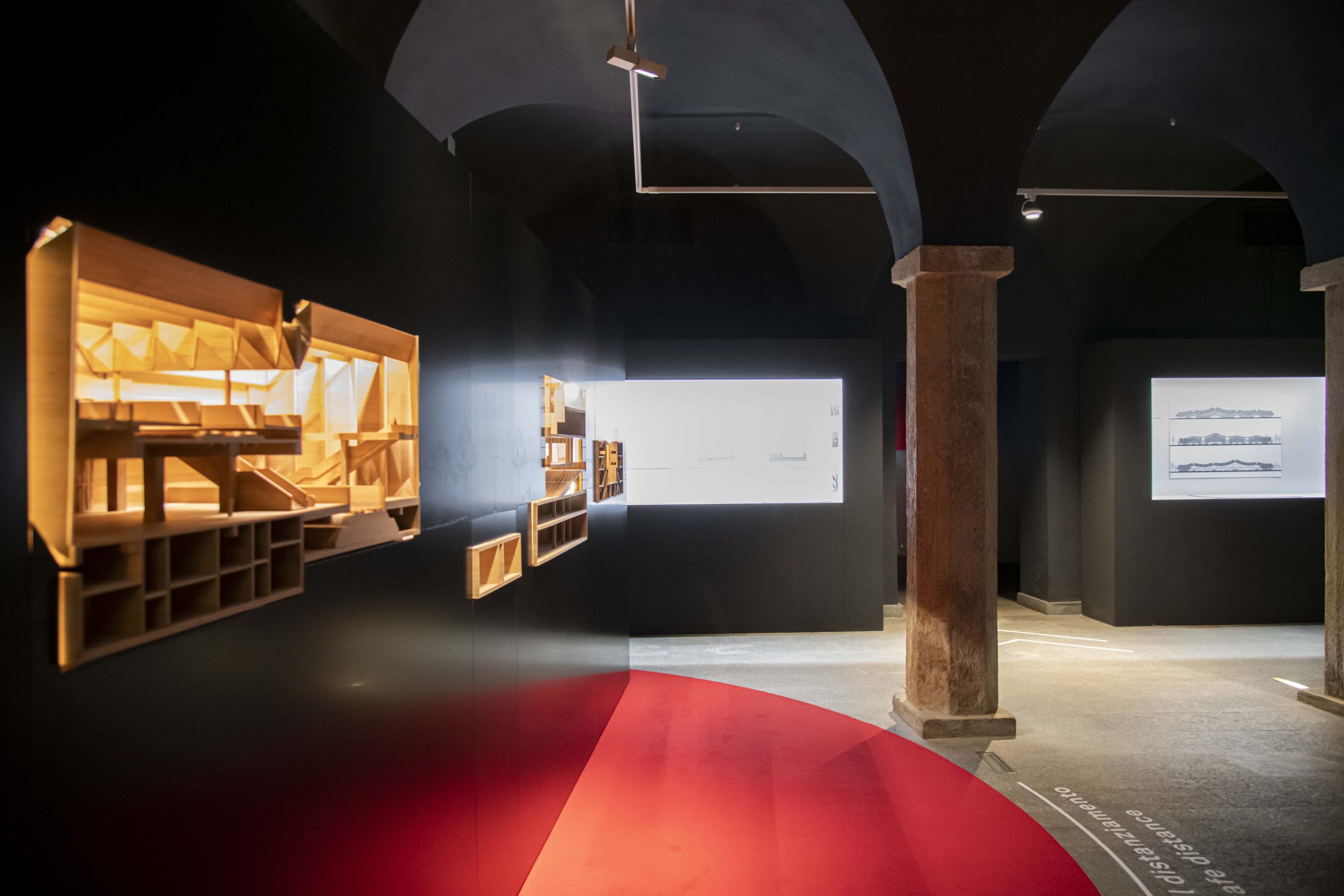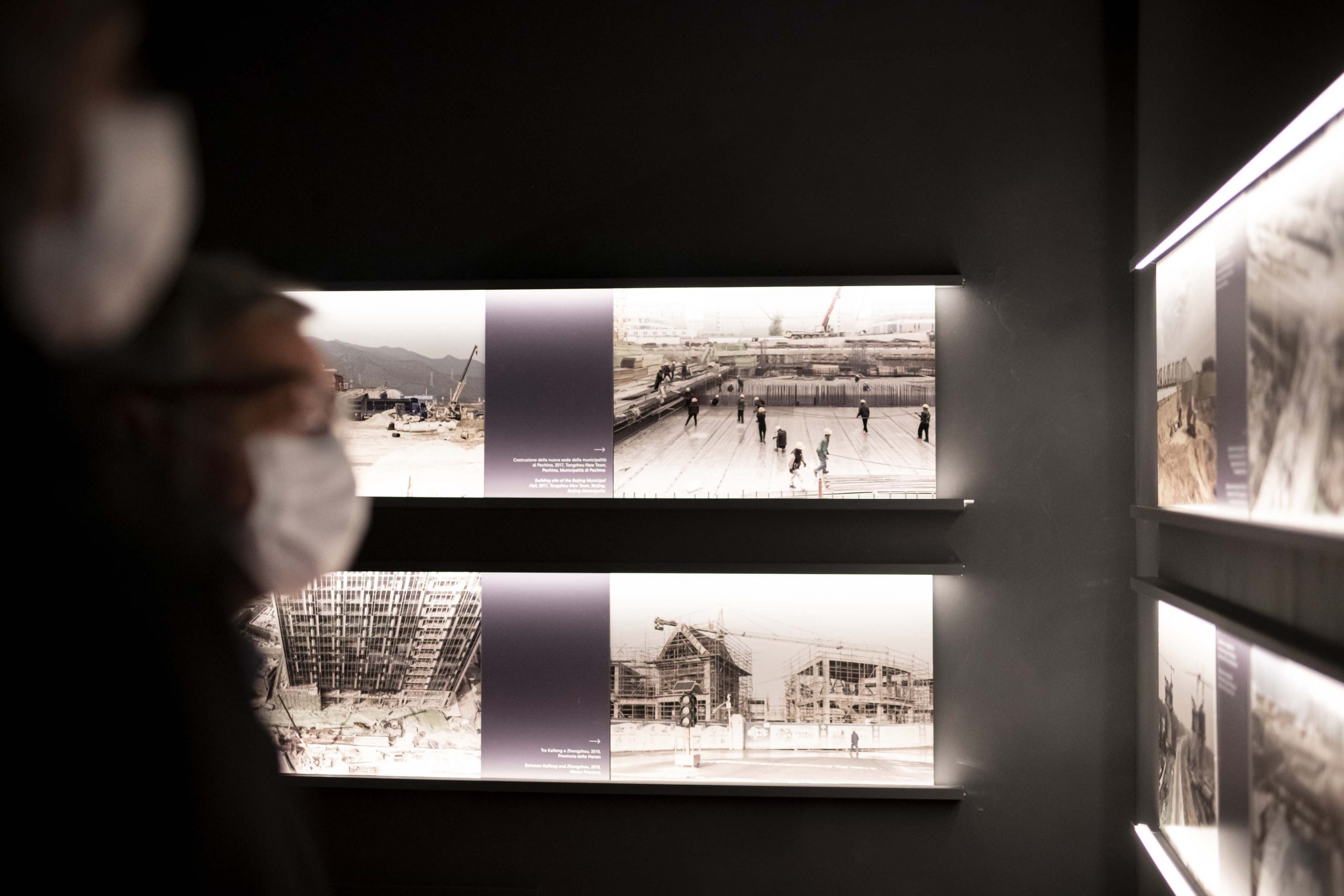EXHIBITION
China Goes Urban: The City to Come
2019 – 2021
China Goes Urban is an exhibition held at MAO Museo d’Arte Orientale di Torino, curated by Politecnico di Torino and by Prospekt Photographers with Tsinghua University in Beijing, thanks to the support of Fondazione Torino Musei and Intesa San Paolo. Through different media and materials, China Goes Urban drives the visitor to discover the contemporary Chinese City in relation to the phenomenon of the planetary urbanisation. China Goes Urban proposes to change viewpoint, to look at reality rather than pigeonhole it in predefined categories and models. It is an invitation to explore the world by travelling through the city and architecture of today and tomorrow and circumnavigating the concept of city.
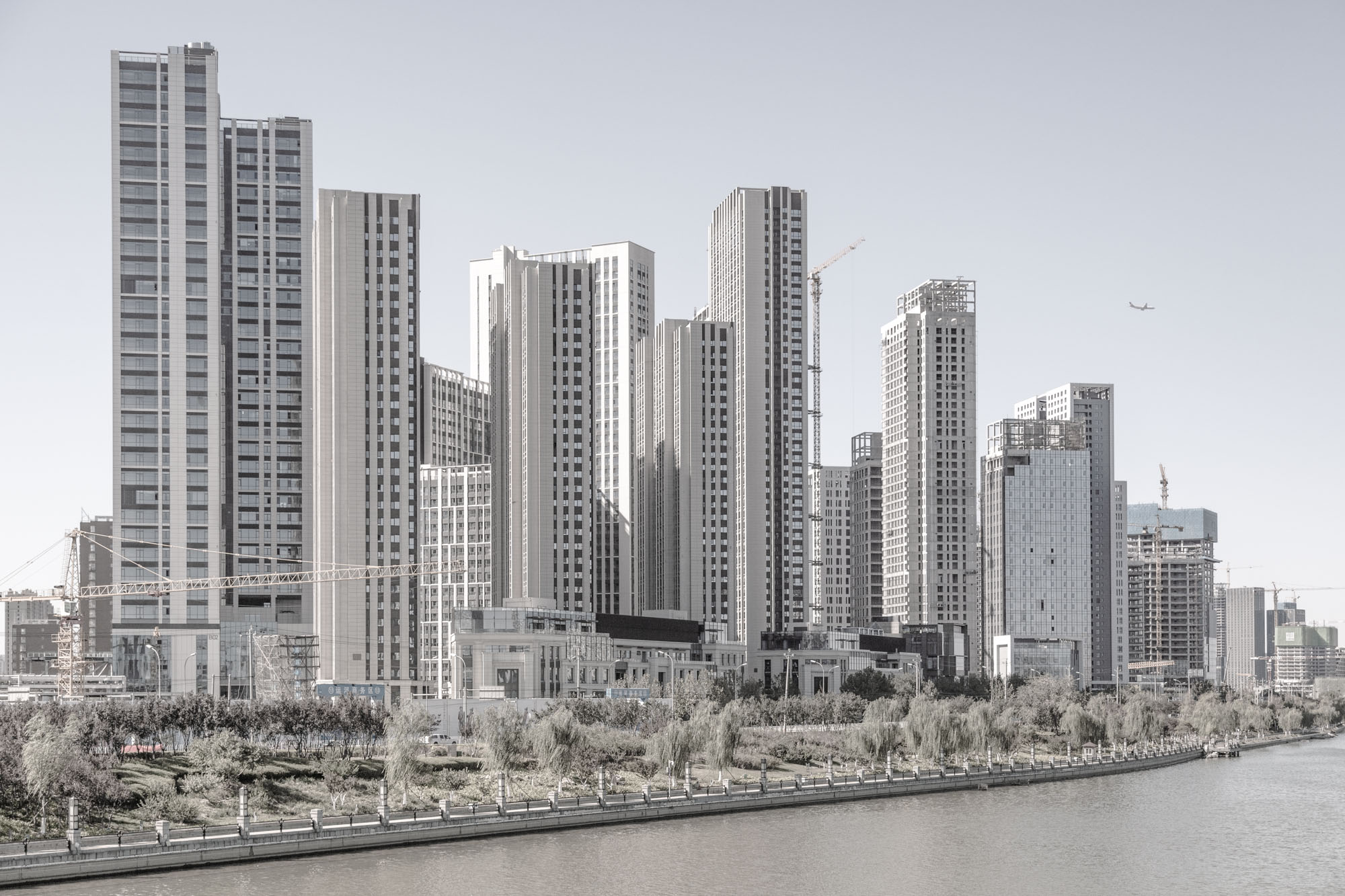
CREDITS:
Leading University: Politecnico di Torino (DAD + DIST + China Room research group)
Partner Institutions: Tsinghua University of Beijing (School of Architecture), Prospekt Photographers, Trans-Urban-Eu-China, Vanke, and Biennale Tecnologia
Reserch Grants: Intesa Sanpaolo, Città di Torino, Regione Piemonte, Fondazione Compagnia di San Paolo, Fondazione CRT
Scientific Curatorship: Michele Bonino and Francesca Governa in collaboration with Maria Paola Repellino and Angelo Sampieri
Co-curatorship: Liu Jian in collaboration with Zhang Li, Fan Lu
Scientific Coordiation: Francesco Carota
Research Team: Giorgia Greco, Nikos Katsikis, Lidia Preti, Leonardo Ramondetti, Astrid Safina
Coordination and Management: Angela Benotto, Delia Malfitano
Artistic Curatorship: Samuele Pellecchia in collaboration with Francesco Merlini
Photos and Videos: Samuele Pellecchia
Music: Federico Chiari
Architectural Models: Stefano Orizio
Exhibition Design: BTTstudio, Giuseppe Mastrangelo, Giulia La Delfa, Niccolò Suraci, Cristiano Tosco in collaboration with Luca Barello
Graphics: BTTstudio, Quirino Spinelli in collaboration with Roberto Clemente
Web Design: Francesco Merlini
Events Coordination: Delia Malfitano, Lidia Preti
Translations: Erika Young (Breda & Young Srl)
MAIN OUTCOMES:
Exhibition: China Goes Urban: The City to Come
Period: October 16th, 2020 – October 16th, 2021
Location: Museum of Oriental Art (MAO, Turin)
Website: https://www.chinagoesurban.com/
Catalogue: Bonino, Michele, Francesco Carota, Francesca Governa and Samuele Pellecchia, 2020. China Goes Urban: The City to Come. Milan: SKIRA.
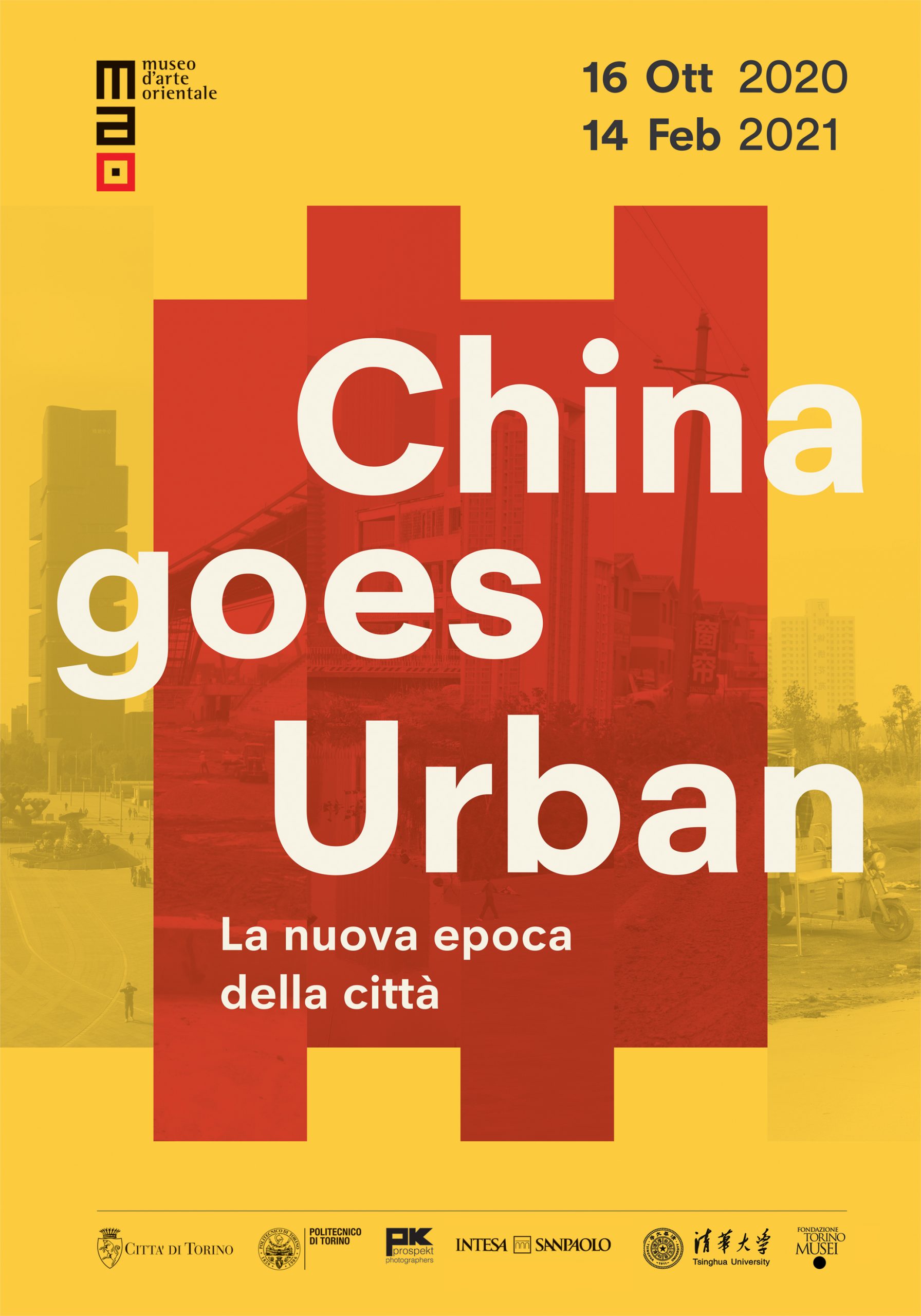
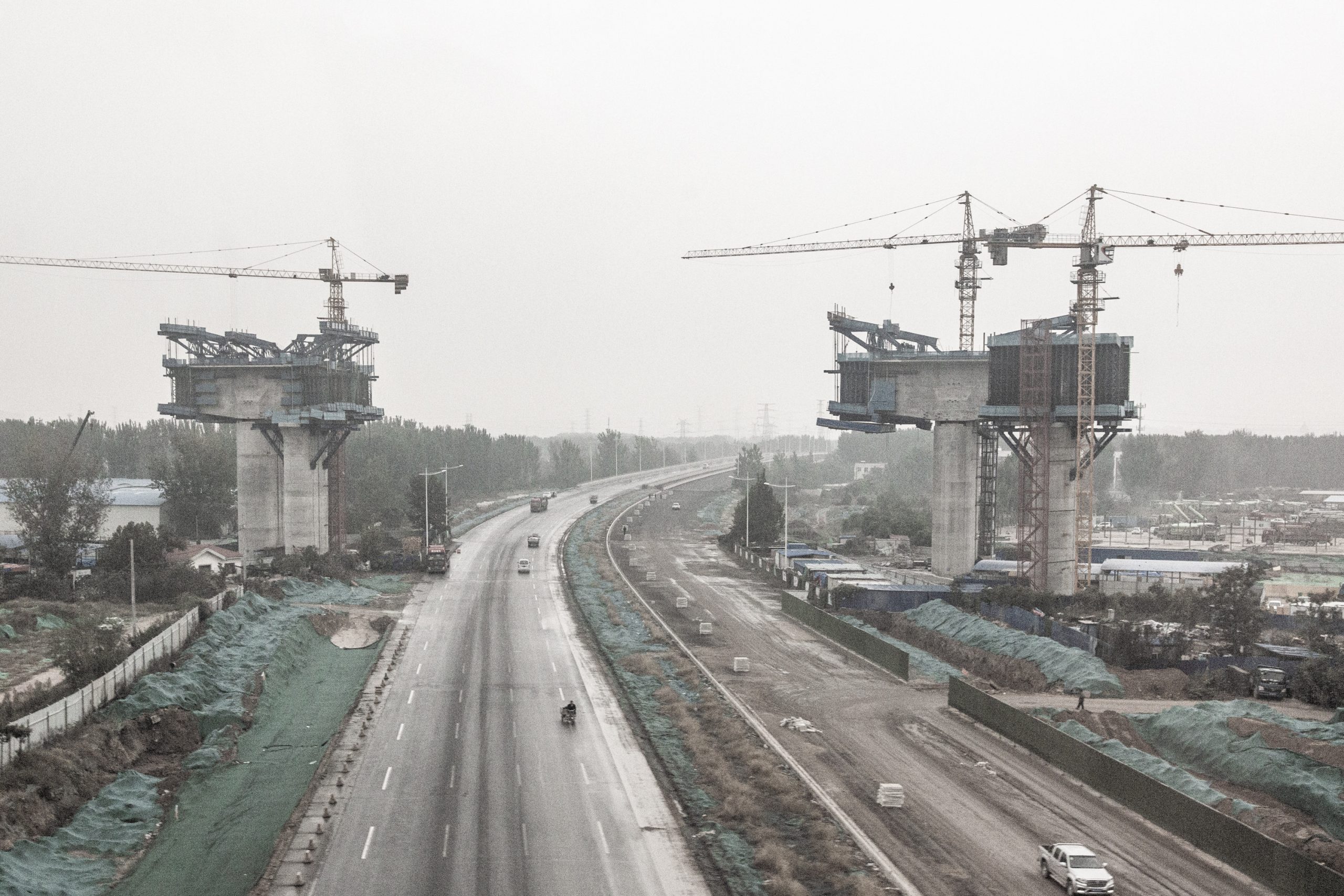
Curated by the Politecnico di Torino and by Prospekt Photographers with Tsinghua University (Beijing), the exhibition was the result of years of research. It offered the public a new and broad perspective that traced a line of continuity between past, present and future, connecting the culture of traditional China with the impressive transformations of contemporary Chinese cities. This was an opportunity to deepen and question the challenges posed by the urban changes taking place not only in China, but all over the planet. Starting from the exploration of some new Chinese cities and the contradictions triggered by the frenetic processes of urbanisation and urban expansion, the exhibition aimed to stimulate a reflection on the city of today and the future.
Photographs and videos, installations, maquette, data and infographics drove visitors along two logical itineraries. The first one gradually deconstructed the idea that Chinese urbanisation is exceptional, starting from the reconstruction of an “exhibition hall” in which developers and public administrations ‘stage’ the city. The diversity and exoticism normally associated with Chinese cities are then chip away. By showing the ordinary everyday life unfolding in the new settlements, videos, images, installations and explanations gradually made new Chinese urbanisations more ‘familiar’. The second itinerary begun with empty, distant and lifeless spaces. Gradually, however, the same spaces became more animated: the photographs and videos narrowed the gap between the visitors and the persons portrayed, their faces, gestures and movements.
Tongzhou, Zhaoqing, Zhengdong and Lanzhou are the new towns where China Room started to explore and where the exhibition begun, moving from China to the world, and then back, from the world to the specific features of the new settlements.
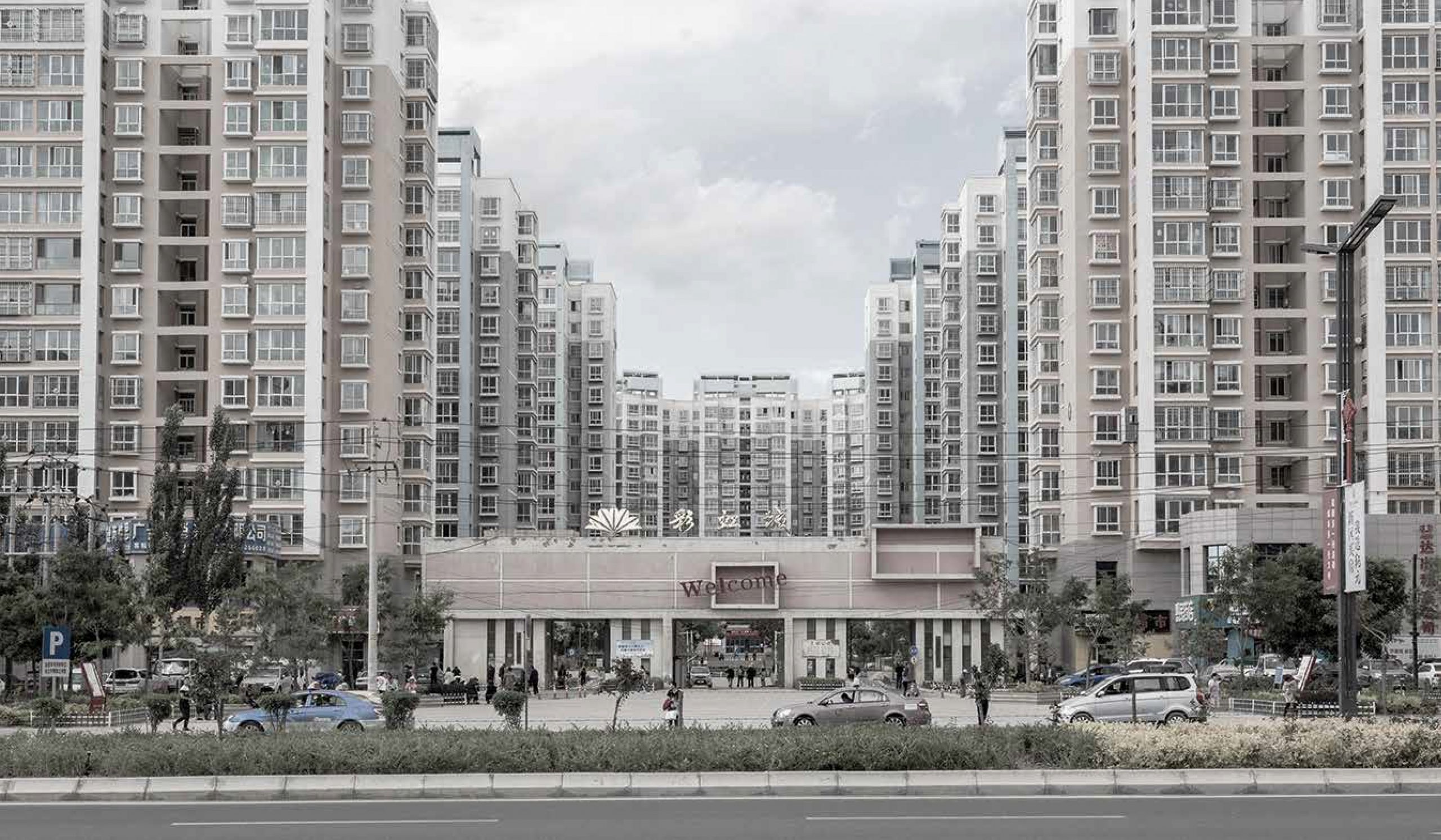

In 1978, 18% of the population in China lived in urban areas. Since then, the number of inhabitants in cities has increased approximately 1% per annum and currently makes up 60% of the total population. New infrastructures and settlements have gradually modified the landscape, transformed property rights, swept away administrative boundaries, and “gobbled up” rural spaces and villages. Understanding the rapid, disruptive process of Chinese urbanisation is not easy. Existing categories and models are useless. If we believe it to simply be an exaggeration and a flaw, we are effectively ignoring the fact that it constitutes an epochal change – even deeper and harder due to the current pandemic – that redefines roles and relationships, not only from a geo-economic and geo-political point of view, but also from the point of view of culture, imagination and possibilities. China Goes Urban proposed to change viewpoint, to look at reality rather than pigeonhole it in predefined categories and models. It was an invitation to explore the world by travelling through the city and architecture of today and tomorrow. It did not provide answers. It interrogated and questiond. It highlighted the relationship between the specificities and differences of current global urbanisation. It indicated to what extent today changes in China are not foreign to us and to our existence in the world.



